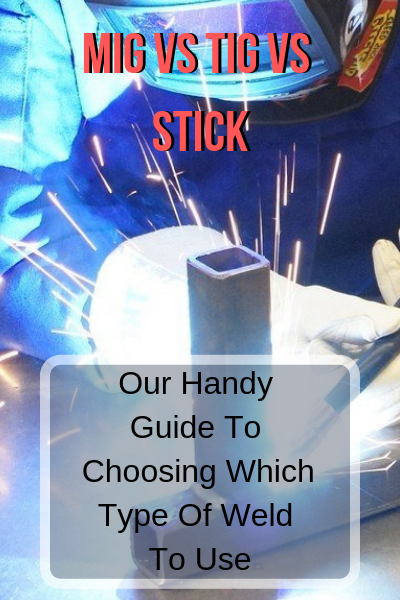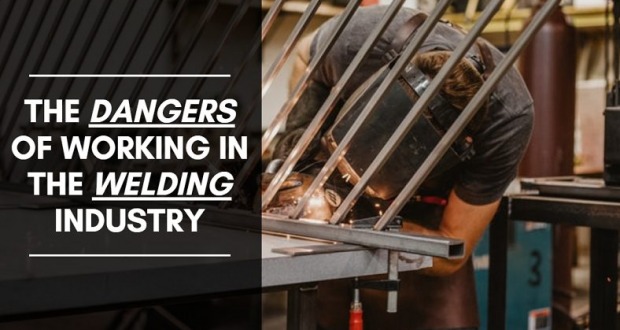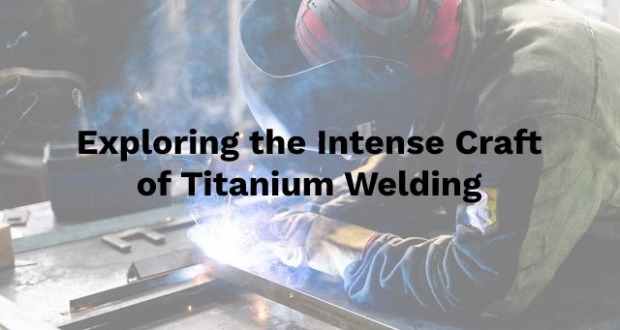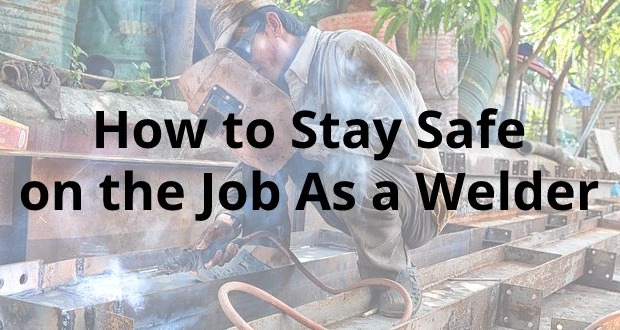
At its basic best, welding is the process of joining two or more pieces of metal together in a seamless way. By applying heat to the metal, it becomes soft, allowing you to join items together with enough pressure, filler metal, or other techniques.
The first welding processes involved heating metal to an intense level, then hammering them together to be joined. We call this process “forging” today or a “forge weld.”
Most welders are going to use some type of equipment to create a specialized result instead. Here are the most common types of welding methods that are used today, and why you would consider using them.
Option #1: SMAW
This type of welding is referred to as “stick” welding or “arc” welding. It was invented in the early 19th century thanks to the discovery of electrical currents. When you use a flux-coated wire with this technique, you’re able to fuse metals together because of the heat that is generated.
It doesn’t require a shielding gas like some of the other types of welding that are used today. You’ll find t so effective, in fact, that you can weld rusted metal together using this technique.
The disadvantage of SMAW is that it can be tricky to use when there are thin materials that require welding. It works best on metals that are at least 4mm in thickness, repairing heavy equipment, pipeline work, and general construction use when working with steel.
Option #2: GMAW
This type of welding became popular in the mid-20th-century. MIG welding uses a gun that features an electrode that is continuously fed as you’re working. It utilizes an external gas as well, allowing the work to be fast and consistent.
For beginners, GMAW is a good choice because it produces fewer welding fumes, offers less heat input, and the efficiency of the electrode is quite high. If you’re working with steel, stainless, aluminum, or magnesium, it is a good option because you’ll produce high-quality welds with a better speed than other welding options.
You cannot use the MIG process for overhead welding positions, or vertical welding needs, because of the high heat input created. Your weld puddle has greater fluidity as well, which can be challenging to manage when you’re first getting started.
This type of welding does struggle on thicker metals. You must use shielding gas with it, which means an added expense factor must be considered. It may be easy to learn, but it takes time to master this skill. You’ll find it used most often for fabrication, construction, and automotive repairs.
Option #3: GTAW
Tungsten inert gas welding, or TIG welding, was first introduced in 1941. It creates clean welds without filler metal that is of the highest quality. It also takes a lot of focus, skill, and time to produce a weld that is effective. You’ll also need an external shielding gas for TIG welding to work properly.
Instead of using a wire, this welding option uses a non-consumable tungsten electrode that allows you to weld. That makes it easier to work with thin materials, whether or not you’re using a filler metal. There are low distortion levels in your work, minimal spatter or slag, and that leads to a superior weld.
You cannot use GTAW on metals that are unclean. Dirty or rusted metals will not be welded with this process. That is why it is reserved for welds that require extreme precision. It is used on tubing, motorcycles, bicycles, and in the aerospace industry.
Option #4: FCAW
This type of welding, which is flux-cored arc welding, is similar to the processes found in SMAW. The difference between this option and the other is that it uses a wire-filled flux instead of a solid wire to get the work done.
You can use dual-shielded or self-shielded options with your external gas when welding with this method. It is used whenever there are thick metals that must be welded together. You’ll find it to be effective for specific construction activities and heavy equipment repair as well.
Since its invention, welding has become an evolved process that gives you numerous options to consider when work needs to be done. You can master one of these techniques or learn them all to understand which option is the best one for the job. Evaluate the advantages and disadvantages of each method to ensure you create the results that are wanted with your work.[1]




















